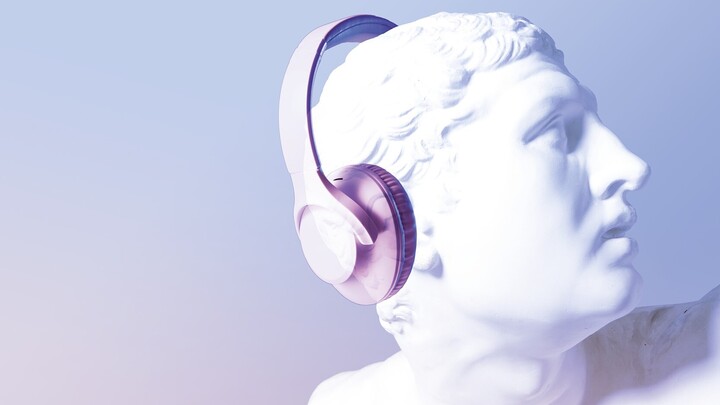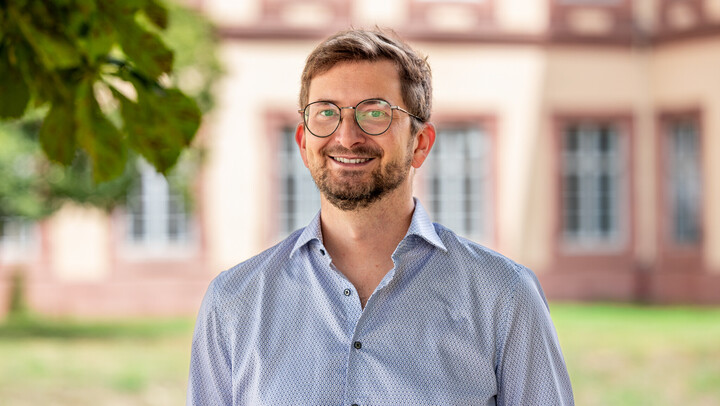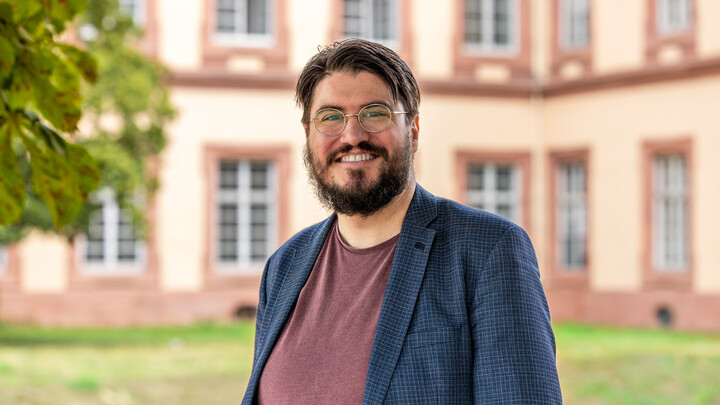News With Side Effects
How much racism is embedded in the media we consume—and how does that shape public opinion? A team of researchers at the University of Mannheim’s Institute for Media and Communication Studies set out to explore this question. In an interview with FORUM, Philipp Müller and Rainer Freudenthaler explain why the results of their study surprised them—and what they believe journalists can do differently.

Whether over coffee at the breakfast table, on the train during the morning commute, or unwinding on the couch after work—we’re confronted with news all day long, across multiple channels. So it’s hardly surprising that the media not only influence what we talk about, but also how we think about the issues. But what if the coverage isn’t neutral?
That’s the question behind the project “Implicit and Explicit Racism in News Media and Social Media: Extent and Impact,” co-led by media scholars Philipp Müller and Rainer Freudenthaler. Together with Mannheim colleagues Hartmut Wessler and Katharina Ludwig, as well as Chung-Hong Chan from GESIS – Leibniz Institute for the Social Sciences, they spent three years examining how migrant and racially marked groups are portrayed in German news media—and how that portrayal shapes racist thinking among the public.
New analytical methods powered by AI
Their analysis focused on two emotions: fear and admiration. “Both play a major role in reporting on migrant communities,” Freudenthaler explains. “For example, news stories related to public safety often include language associated with fear. When migrants are depicted in a more positive light, it’s often through heroic portrayals that elicit admiration.”

The team looked at both explicit and implicit associations. Explicit associations refer to the direct use of words like dangerous or scary (indicating fear) or impressive or successful (indicating admiration) in news stories about migrants or people perceived as non-German. Implicit associations are more indirect, as Müller explains: “We identified keywords that commonly appear alongside fear- or admiration-related language and then looked at how those keywords are used in other contexts involving specific groups.” Examples include poverty (fear) and soccer stadium (admiration). “If readers learn to associate fear with poverty—and then encounter an article about a group described as poor—they’re more likely to associate that group with fear.”
These implicit associations are difficult for individuals to consciously detect. “That’s why we use new methods of automated content analysis,” says Freudenthaler. With the help of artificial intelligence, the researchers analyzed roughly 700,000 articles from major German news outlets.
The results: groups from poorer countries or countries that are culturally very different from Germany were more frequently and explicitly linked to fear than other groups. But what surprised the researchers was something else: “Groups whose countries of origin have a high percentage of Muslims—or that account for a large share of refugees living in Germany—are portrayed more negatively on an implicit level, but not explicitly,” Müller emphasizes. “This suggests that newsrooms are at least somewhat aware of how they should be covering migrant communities, but subtle forms of bias and stigmatization still find their way into the reporting.”
Influence on public opinion?
That raises the central question: What effect does this coverage have on readers? “We had over 2,000 participants read real newspaper articles from our dataset that contained explicit fear- or admiration-related associations,” says Müller. These articles focused on Turkish and Greek individuals. “We chose those groups because they’re not part of the current migration debate, and most people likely already have stable opinions about them.”

Which is why the results were so surprising: the articles still influenced how participants evaluated the groups in question. “We didn’t expect just a handful of articles to shift people’s perceptions of entire communities,” Müller says. “That suggests journalists do, in fact, have the power to shape public attitudes toward the groups they cover—and that’s problematic.”
So what advice would the researchers give to journalists? “Migrant communities should be given more opportunities to speak for themselves,” says Freudenthaler. “And their everyday lives should be represented more fully—to show that they’re part of our society, not just people we talk about in the context of crime or sports achievements.” He adds: “Why not run a story about how many migrants are active in volunteer work?”
Follow-up project already in the works
The researchers emphasize that their findings aren’t just relevant for journalism—they matter for society as a whole. “Equality is one of the core ideals of democracy,” Müller says. “Racism and racial bias, especially in everyday news reporting, threaten that ideal.” They also undermine social cohesion and the sense of collective belonging. That makes it all the more important to identify the roots of these biases and develop strategies to counter them—“so that all citizens are treated equally, no matter where they were born,” Freudenthaler adds.
To contribute further to that goal, Müller and Freudenthaler are already planning the next phase of their research. “In our follow-up project, we want to explore other dimensions of racism in the media,” they explain. “Because racism goes far beyond the emotional framing of certain groups—and we want to get to the bottom of it.”
Text: Jessica Scholich / August 2025

The project, housed at the Mannheim Centre for European Social Research (MZES), ran from July 2022 to December 2024. It was part of the research consortium “Discrimination and Racism” and received nearly €400,000 in funding from Germany’s Federal Ministry for Family Affairs, Senior Citizens, Women and Youth.
